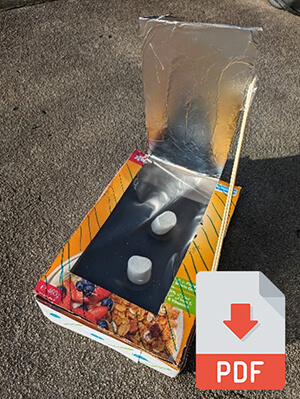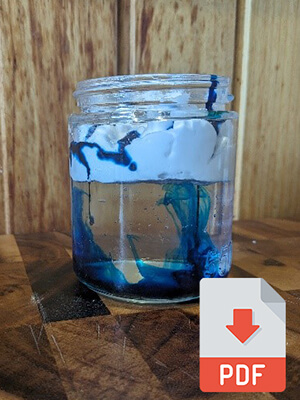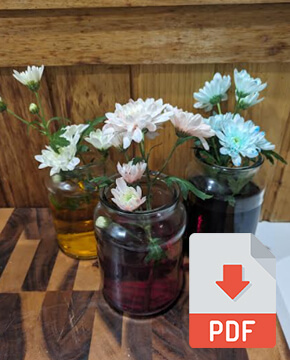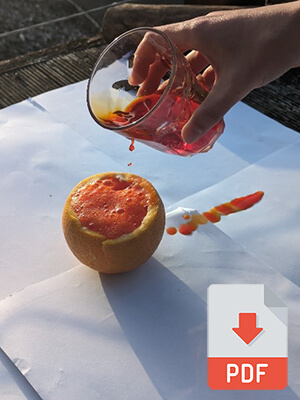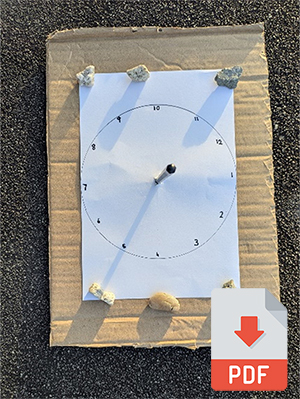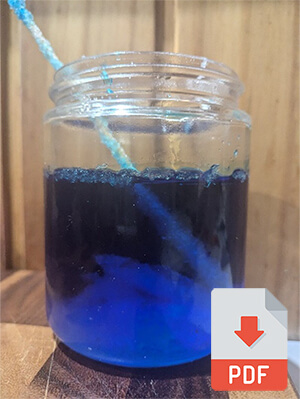National Science Week 2024
National Science Week - August 10th until 18th - Celebrate science and technology during this week in Australia!
Make a DIY Solar Oven using a Recycled Cardboard Box
Have fun, learn and make some delicious smores. Solar ovens use solar energy (light and heat emitted from the sun) to cook food. The oven is designed to that it absorbs more of the heat, than it releases – the sunlight is reflected off the aluminium foil and into the box. The plastic wrap works like a greenhouse and traps the hot air inside while the black paper absorbs both the direct and reflected sunlight, which then allows it to heat up the food. On a sunny day your Solar Oven temperature could reach up to 200 degrees Fahrenheit. Download here.
Make it Rain with Shaving Cream and Coloured Dye
Enjoy watching the coloured rain come from the clouds of shaving cream. Full instructions click here.
Make your predictions of what will happen, then start the experiment. This experiment shows how water gets heavier on the top of the cloud, and then gravity makes it fall like rain. . Download here.
Colour Your Own Flowers
Get ready to add a burst of colour to your day with this fun and easy activity!
Plants drink water from the ground up through their roots. Even though these flowers no longer have their roots, the water can still travel up the stem and into the petals of the flower. This is known as “capillary action” when a liquid flows through narrow spaces (the stem) with an external force such as gravity. Download here.
Make an Orange Volcano
Enjoy the reaction that results in bubbles! This is a simple and fun experiment that shows what happens when vinegar is mixed with baking soda and the reaction that occurs - a carbon dioxide gas that results in lots of bubbles forming. Download here.
Make Your Very Own Ferris Wheel
This fun construction STEM project made of popsicle sticks actually spins! Ignite curiosity and use basic engineering principles for this craft project – learn about making a support frame, an axle and spokes to complete this project. Download here.
Make Your Own Sundial
Before we had mobile phones and digital clocks, people would use a sundial to tell the time! The sundial is the oldest known instrument for telling time, and up until the early 19th Century, was the main way used to tell time. You can have differently designed sundials, however generally they have a “gnomon”, a thin rod that casts a shadow onto a “dial”, or flat plate. The Sun appears to move across our sky each day, due to the Earth’s rotation on its axis – but its really the Earth that is moving! The dial is then marked with lines for each hour, indicating the time of day and the shadow cast from the gnomon tells the time. Did you know that if the sundial is correctly placed, it can be a very accurate way of telling time, even down to the minute. Download here.
Make your own Rock Candy
Learn about the process of crystallization and different saturations of solutions. Rock candy is also called 'sugar candy' - it’s actually made totally of large sugar crystals. In this process you will oversaturate the syrup solution (it takes a lot of sugar), then let it cool and rest so that sugar crystals can form. Because the sugar solution is super-saturated, all the sugar can’t be absorbed at the cooler temperature, so as it cools the sugar in the liquid becomes unstable and attaches to the skewer as crystals. Download project here.

